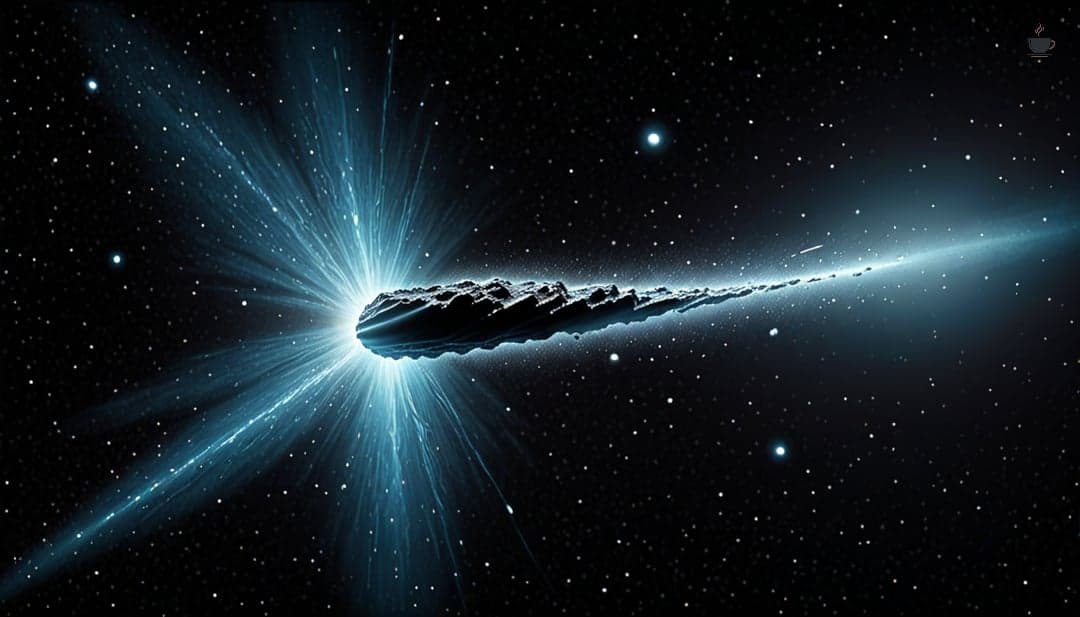
Interstellar Comet 3I/ATLAS Puzzles Scientists with Unusual Acceleration and Color Shift
Blue light bends beyond gravity
Secrets whisper soft
An extraordinary interstellar comet designated 3I/ATLAS continues to captivate astronomers worldwide with its unprecedented behaviors, challenging existing scientific understanding of celestial objects [7][8].
First detected on July 1 by the Asteroid Terrestrial-impact Last Alert System (ATLAS), this third confirmed interstellar visitor has exhibited a series of remarkable characteristics that have left scientists both intrigued and perplexed [11].
Most notably, 3I/ATLAS has demonstrated non-gravitational acceleration near its perihelion, deviating from expected trajectories calculated by standard gravitational models. Observations from Chile's ALMA radio telescope array revealed the comet is not following the predictable curve anticipated by classical physics [8].
Harvard theoretical physicist Avi Loeb has been particularly vocal about the object's unusual properties. While maintaining scientific objectivity, Loeb noted the comet's surprising blue color transformation and suggested potential explanations ranging from natural outgassing to more speculative scenarios [12][13].
The comet reached its closest point to the Sun on October 29, approximately 210 million kilometers away, temporarily disappearing from Earth-based telescopes. However, astronomer Dr. Qicheng Zhang from the Lowell Observatory recently captured the first post-perihelion image, revealing the object is now even brighter than before [5][6].
Scientists emphasize that while the comet's behavior is extraordinary, there is no conclusive evidence of artificial origin. NASA's acting administrator Sean Duffy has explicitly stated that 3I/ATLAS represents a natural astronomical phenomenon with "No aliens. No threat to life here on Earth" [14].
As research continues, 3I/ATLAS remains a fascinating subject of scientific investigation, potentially offering unprecedented insights into interstellar objects and their complex dynamics.